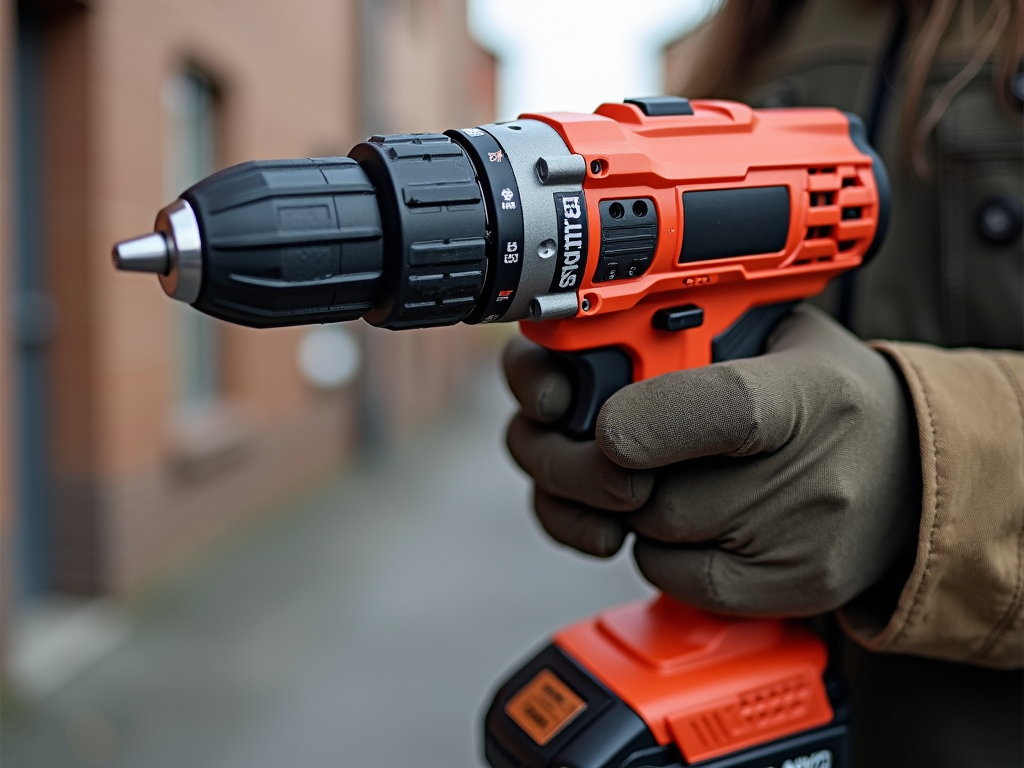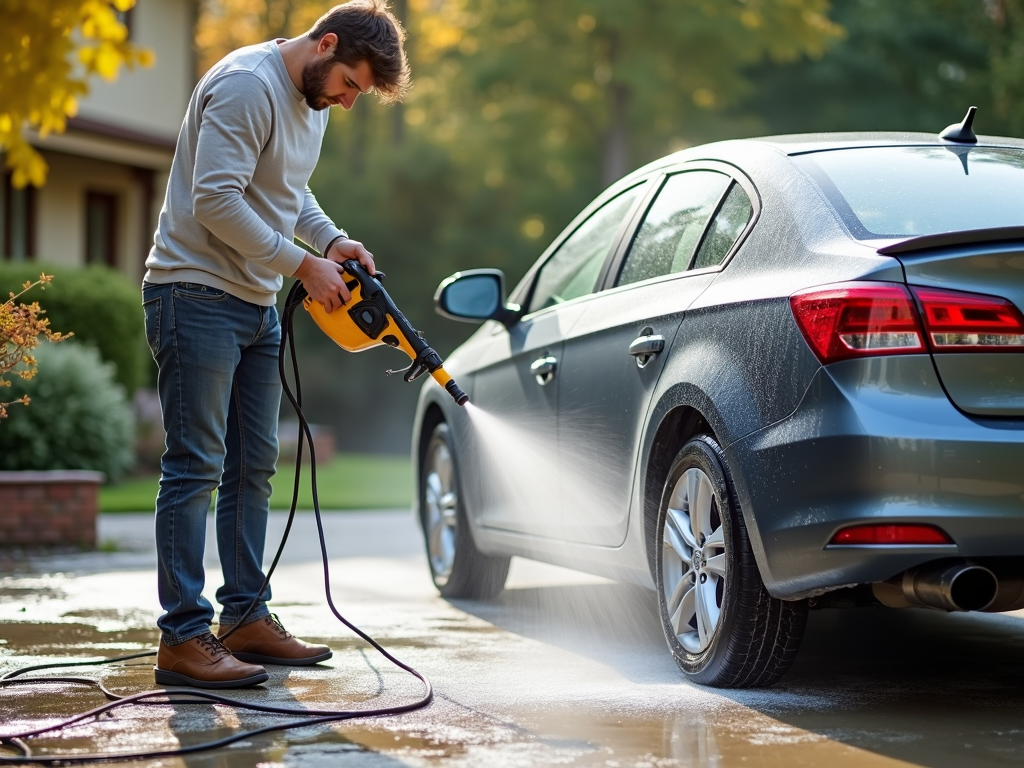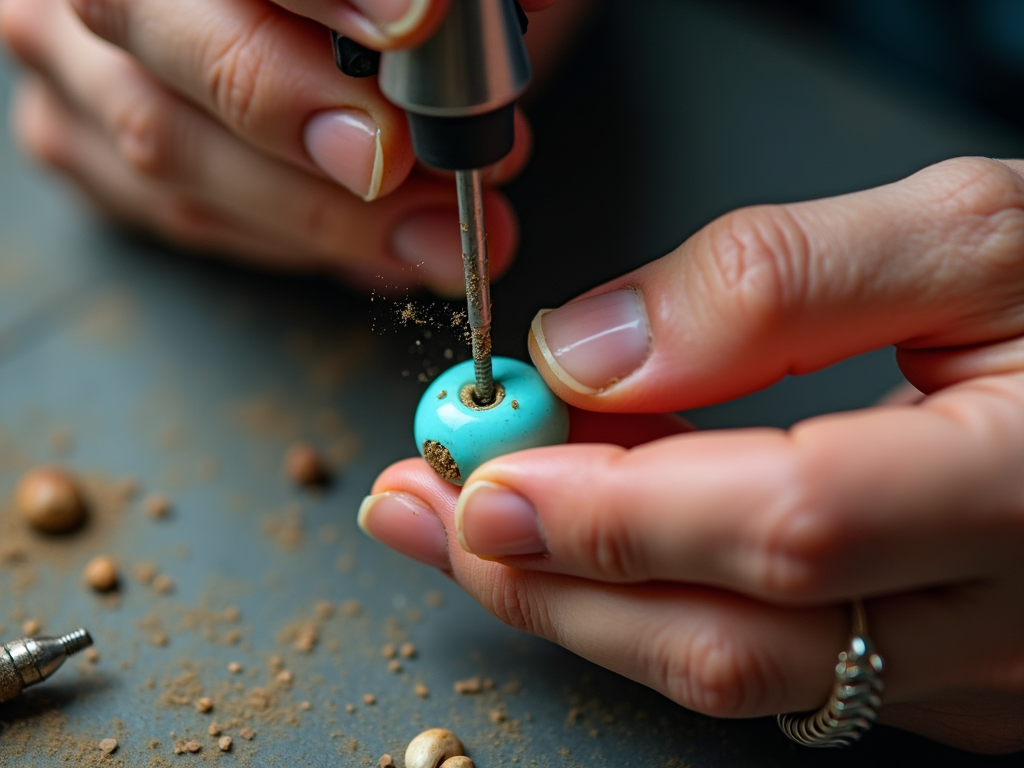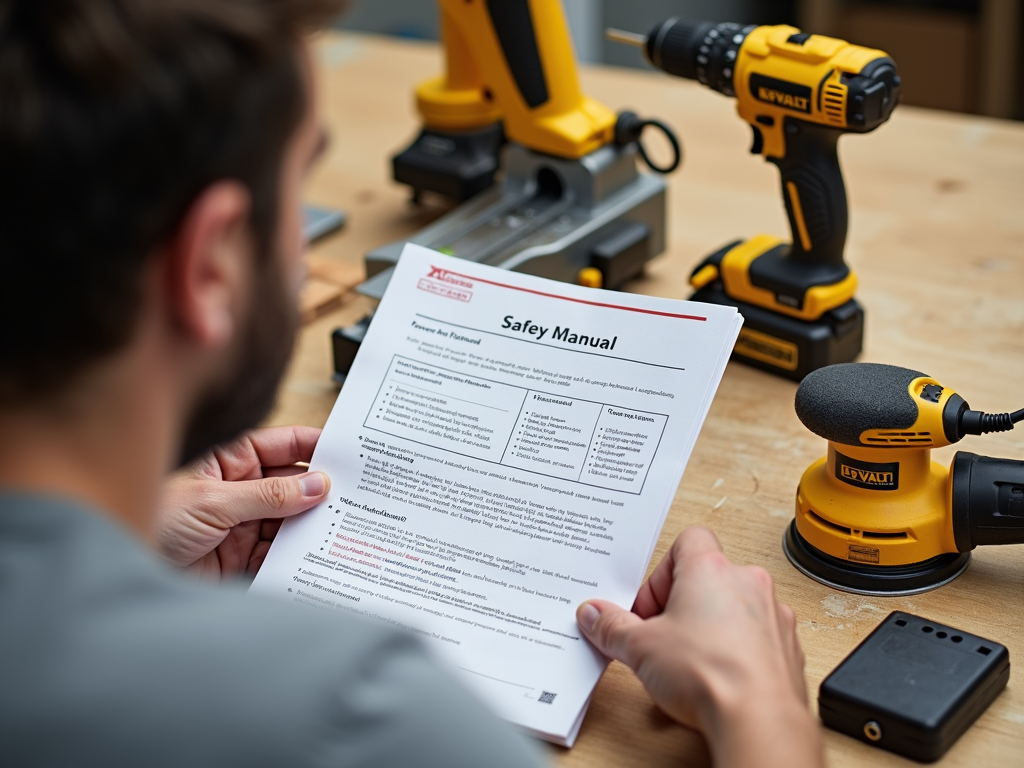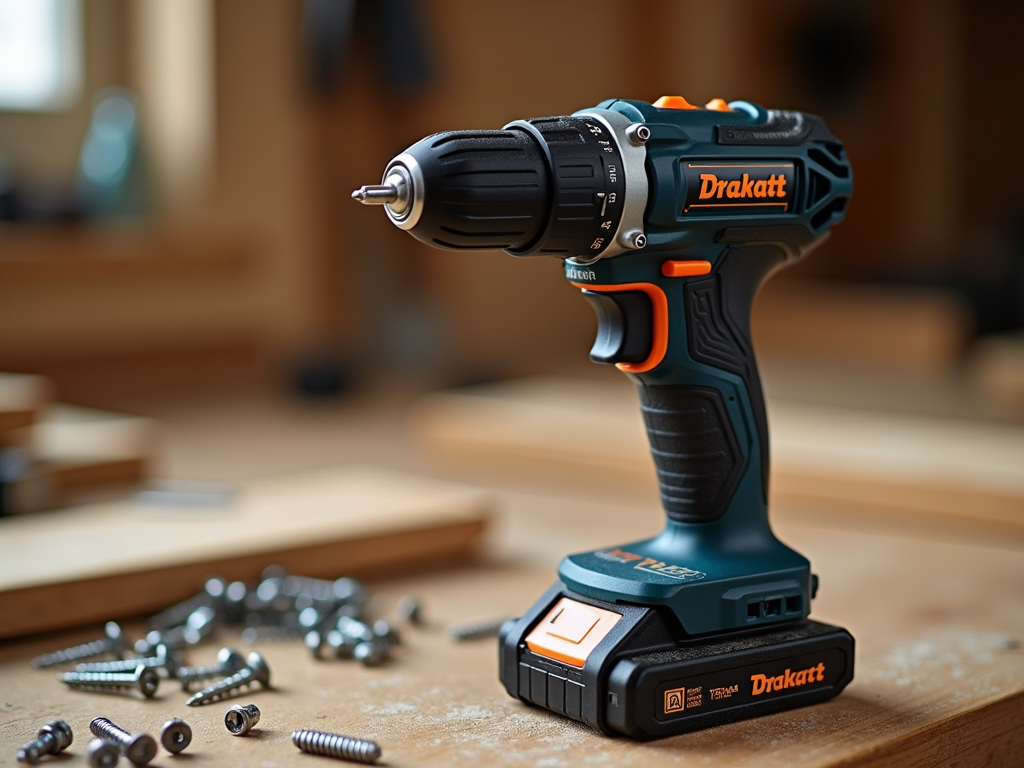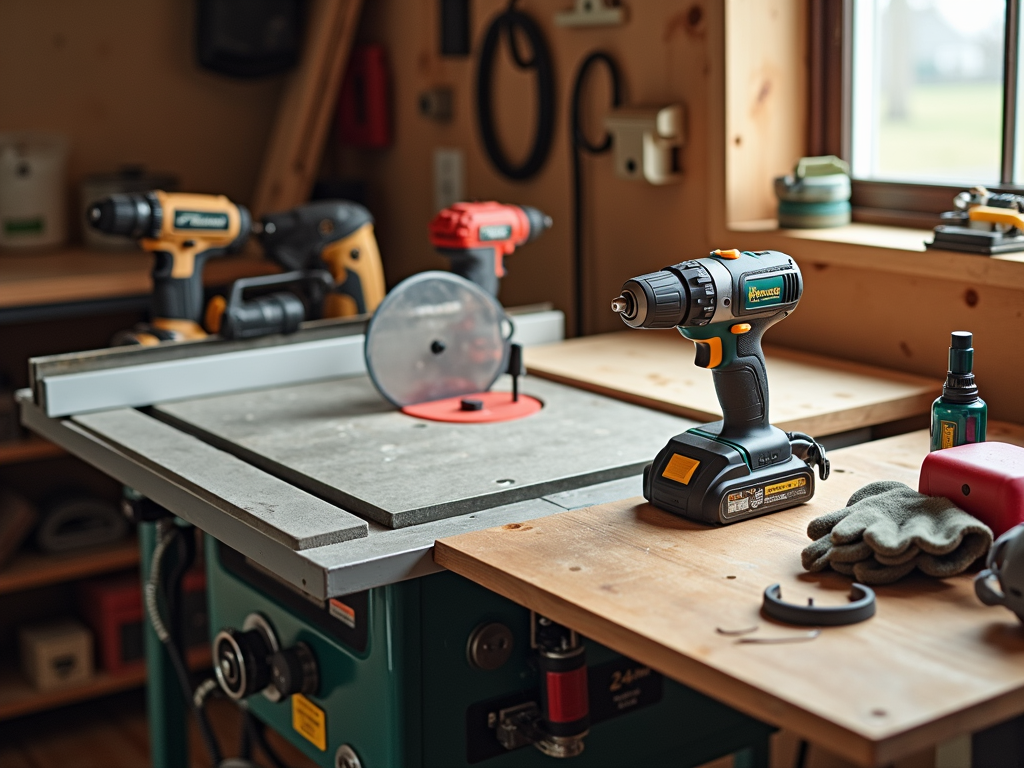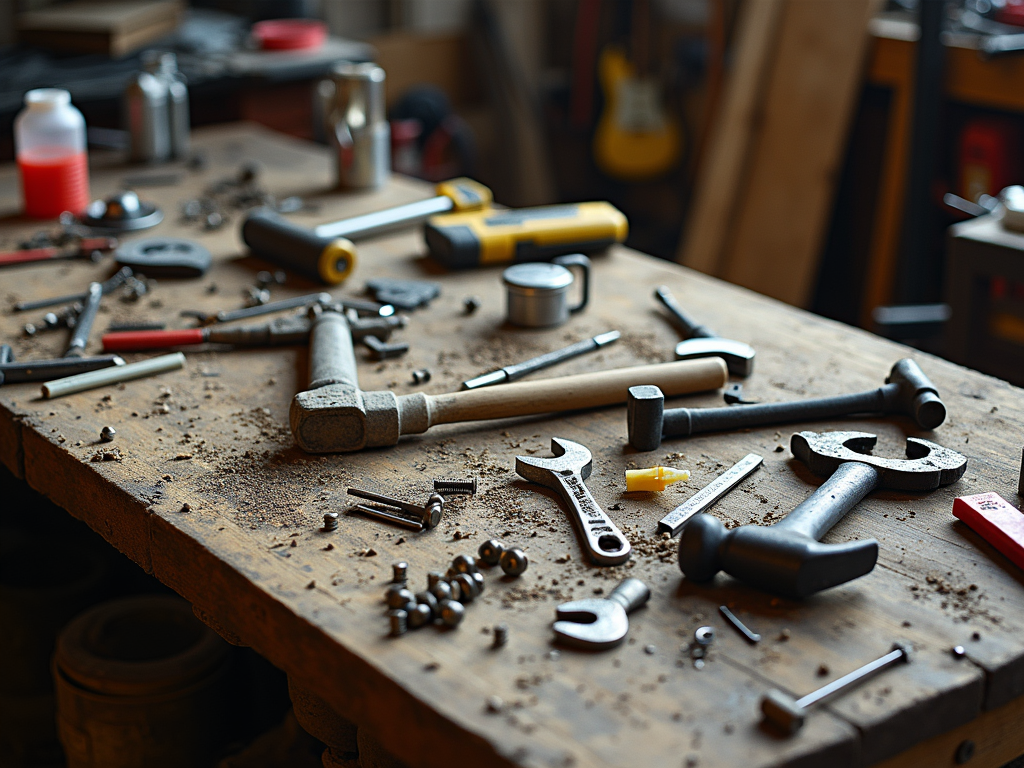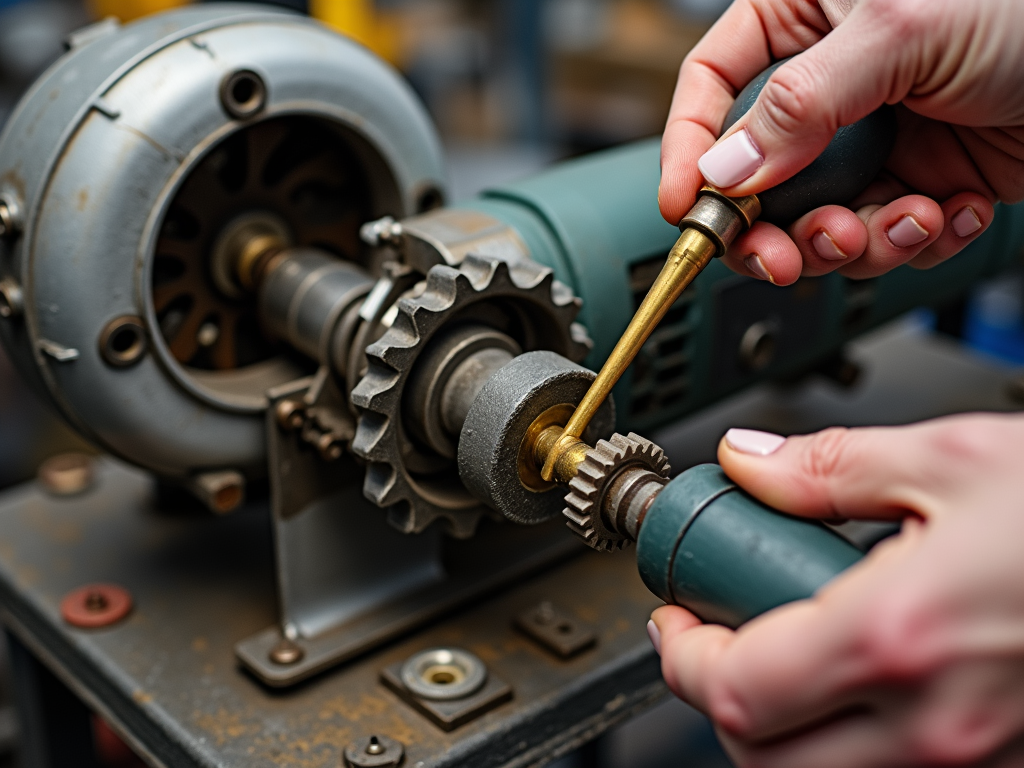Ergonomic power drills make work easier by cutting down on tiredness and boosting comfort. Whether you're a pro using them all day or a weekend DIYer, these tools have changed the game. This article dives into their history, key features, and top picks to help you choose the best one.
The Evolution of Power Tools: From Hand Tools to High-Tech Gadgets
Power tools started simple. Long ago, people used hand tools like hammers and chisels. Then, the industrial revolution kicked things up a notch. In 1889, Arthur James Arnot and William Blanch Brain invented the first electric drill in Australia. It was bulky and tied to a cord, but it was a start.
Fast forward to 1917—Black & Decker stepped in with a portable electric drill. It had a pistol grip and trigger switch, making it a big deal. Later, in the 1960s, they launched cordless drills with nickel-cadmium batteries. No more cords holding you back! Today, we’ve got lightweight, powerful drills with fancy features like brushless motors and speed controls.
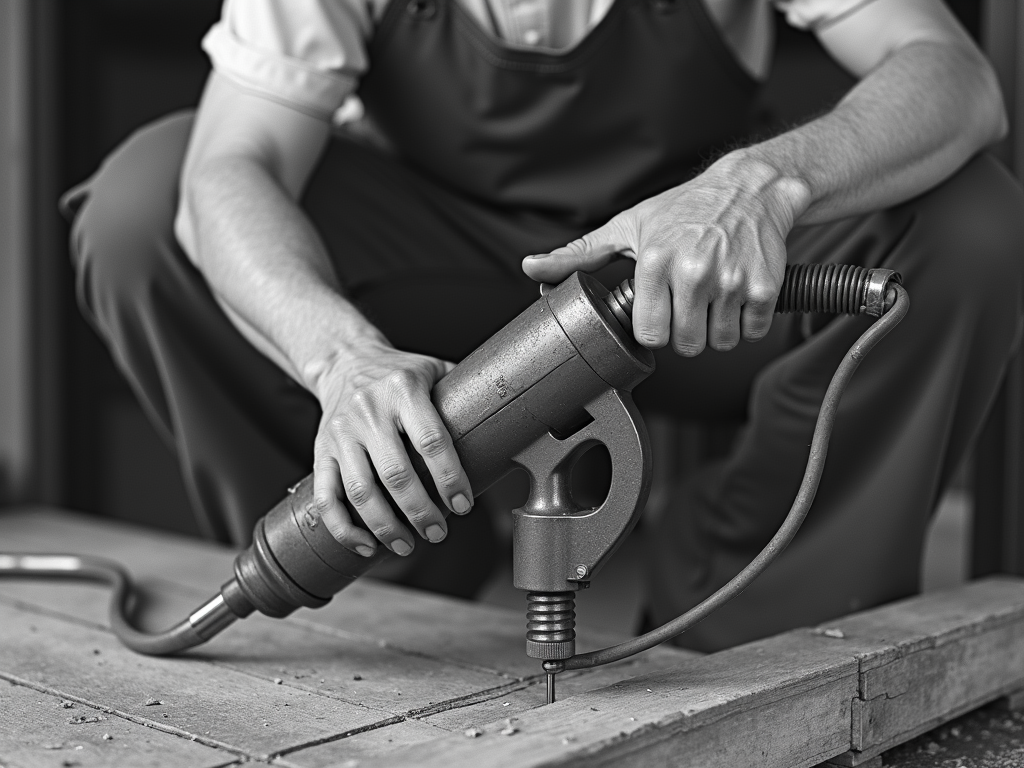
The History of Black & Decker: Pioneers of Power Tools
Black & Decker began in 1910 when S. Duncan Black and Alonzo G. Decker opened a small shop in Baltimore. They hit gold in 1917 with that portable drill design. It wasn’t just a tool—it set the stage for everything that followed.
In 1961, they introduced the first cordless drill. A few years later, they added a cordless hedge trimmer. These moves made them legends in the tool world. Now part of Stanley Black & Decker, they’re still pushing the envelope. Want to dig deeper? Check out this timeline from Stanley Black & Decker for the full story.
Why Ergonomics Matter
So, what’s the big deal with ergonomic power drills? It’s all about feeling good while you work. A poorly designed drill can leave your hands sore and your arms tired. Ergonomics fixes that by focusing on comfort and ease. Studies, like one from the National Institute for Occupational Safety and Health, show that good design cuts down on strain and injuries. That’s huge for anyone drilling holes all day—or even just for an hour.
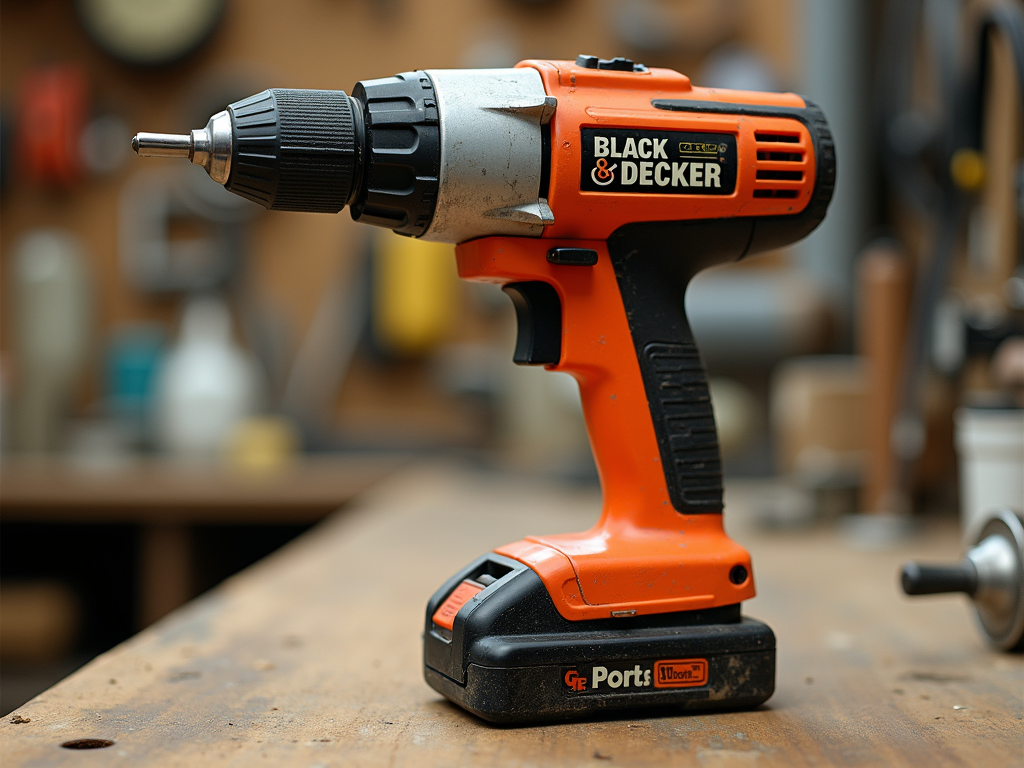
What Makes a Power Drill Ergonomic?
Not all drills are created equal. Here’s what sets ergonomic ones apart:
- Light Weight: Less heft means less strain on your arms.
- Comfy Grip: Soft, non-slip handles keep your hand happy.
- Low Vibration: Smoother operation saves your wrists.
- Good Balance: Even weight distribution feels natural.
- Smart Controls: Adjustable speeds let you work at your pace.
These features team up to make drilling less of a chore. Pros need this for long shifts, but even casual users notice the difference.
My Experience with Drills
I’ve used my share of drills over the years. Once, I tackled a big shelving project with an old, heavy corded model. After an hour, my wrist was screaming. Then I borrowed a friend’s lightweight cordless drill with a soft grip. Night and day! I finished the job without feeling beat up. Vibration reduction is a game-changer too—drilling into brick used to rattle my bones, but newer models keep it smooth.

Top Ergonomic Power Drills for Reduced Fatigue
Ready to pick one? Here are five standouts:
- DeWalt DCD791D2 20V MAX XR
- Brushless motor for power and long life.
- Lightweight at just 3.4 pounds.
-
Grip feels great even after hours.
-
Makita XFD131 18V LXT
- 50% more runtime with its battery.
- Rubberized handle cuts down on slips.
-
Dual LEDs light up dark corners.
-
Bosch GSR12V-140FCB22 12V Max
- 5-in-1 flexibility for any job.
- Super compact—perfect for tight spots.
-
Precise torque settings save effort.
-
Milwaukee 2801-22CT M18
- Tough metal build that lasts.
- Small size, big power.
-
Balances well in your hand.
-
Ryobi P252 18V
- Budget-friendly but solid.
- Light and easy to maneuver.
- Handy magnetic tray for bits.
These picks blend comfort and performance. I’d grab the DeWalt for heavy duty, but the Ryobi’s a steal for smaller tasks.
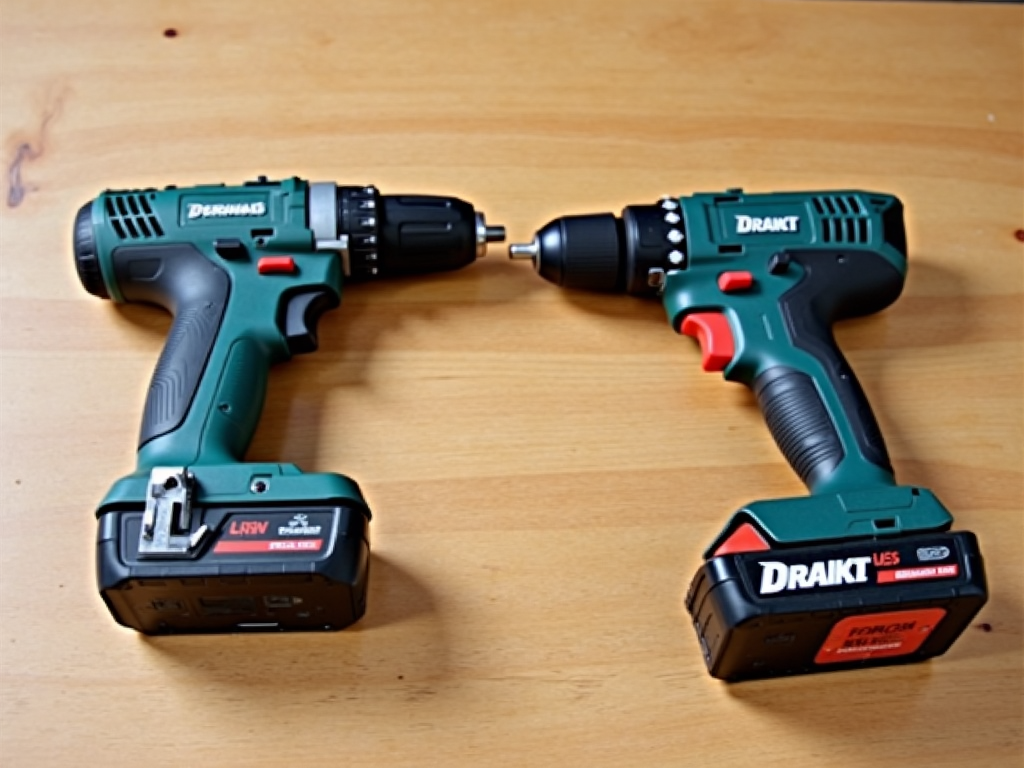
Safety First
Ergonomics isn’t just about comfort—it’s about staying safe. A tired hand can slip, and that’s trouble. Features like vibration control and sturdy grips keep you steady. The Occupational Safety and Health Administration says proper tool design lowers accident risks. Wear gloves, check your drill before use, and don’t push it past its limits.
How to Choose Your Drill
Picking the right drill depends on you. Pros might want the Makita’s long battery life. DIYers could go for the Ryobi’s price and ease. Think about how often you’ll use it and what you’ll drill—wood, metal, or concrete. Test the grip in store if you can. A comfy drill makes every job better.
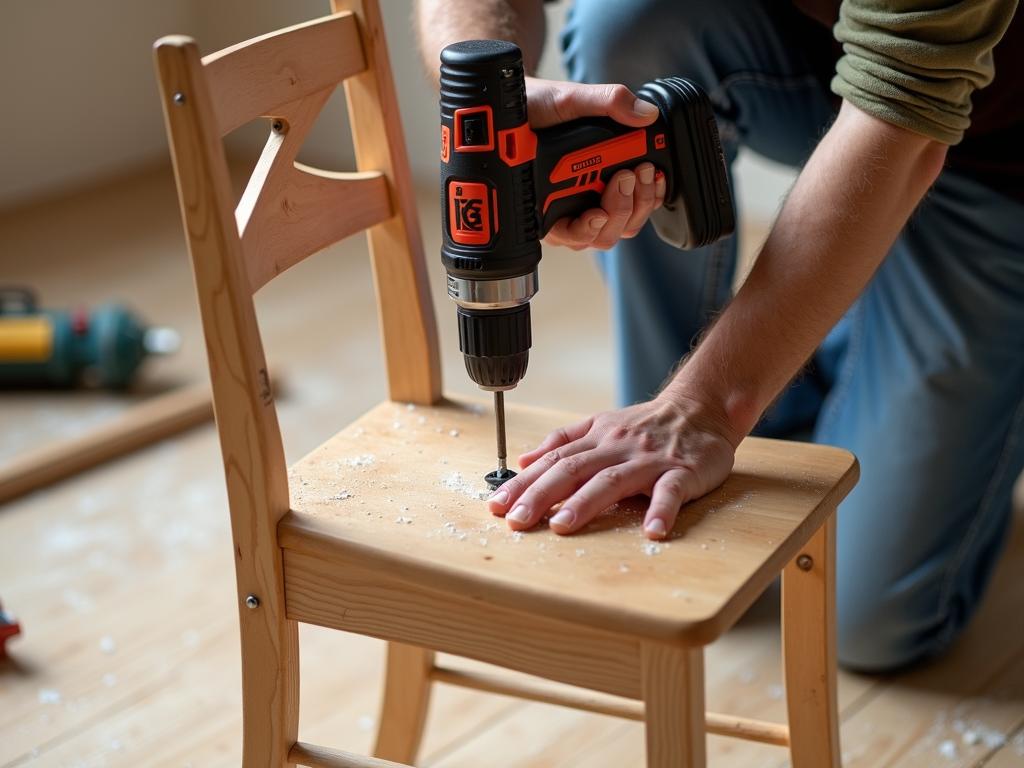
The Science Behind Fatigue Reduction
Ever wonder why these features work? It’s not magic—it’s physics and biology. Lighter drills reduce muscle strain, says a study from Cornell University’s Ergonomics Lab. Less vibration means fewer tiny shocks to your nerves. It adds up: less effort, less ache. That’s why these drills are worth it.
Conclusion
Top ergonomic power drills for reduced fatigue have come a long way, thanks to brands like Black & Decker and smart design. They save your energy and make work safer, whether you’re a pro or just fixing up your place. Pick one that fits your needs, and feel the difference yourself. Curious for more? See the recommended readings below.
Related Top Ergonomic Power Drills for Reduced Fatigue:
- Power Tool Evolution: A Detailed History
- Electric vs. Gas Power Washers: Which Wins?
- Rotary Tools for Jewelry Making: A Comprehensive Guide
- The Ultimate Guide to Power Tool Safety
- Care and Maintenance of Your Power Tools: A Guide for Woodworking Enthusiasts
- Key Features to Look for in Cordless Power Tools: Your Ultimate Guide
- A Beginner's Guide to Power Tools for Home Workshops: Essential Tools and Safety Tips
- The Complete Beginner’s Guide to Home Wiring
- Why Upskilling Matters in Automated Factories
- Organizing Your Workbench for Maximum Efficiency: A Comprehensive Guide
- How to Keep Your Power Tools Running Strong
- Keep Your Power Tools Running Strong: The Ultimate Guide to DIY Tools Maintenance
